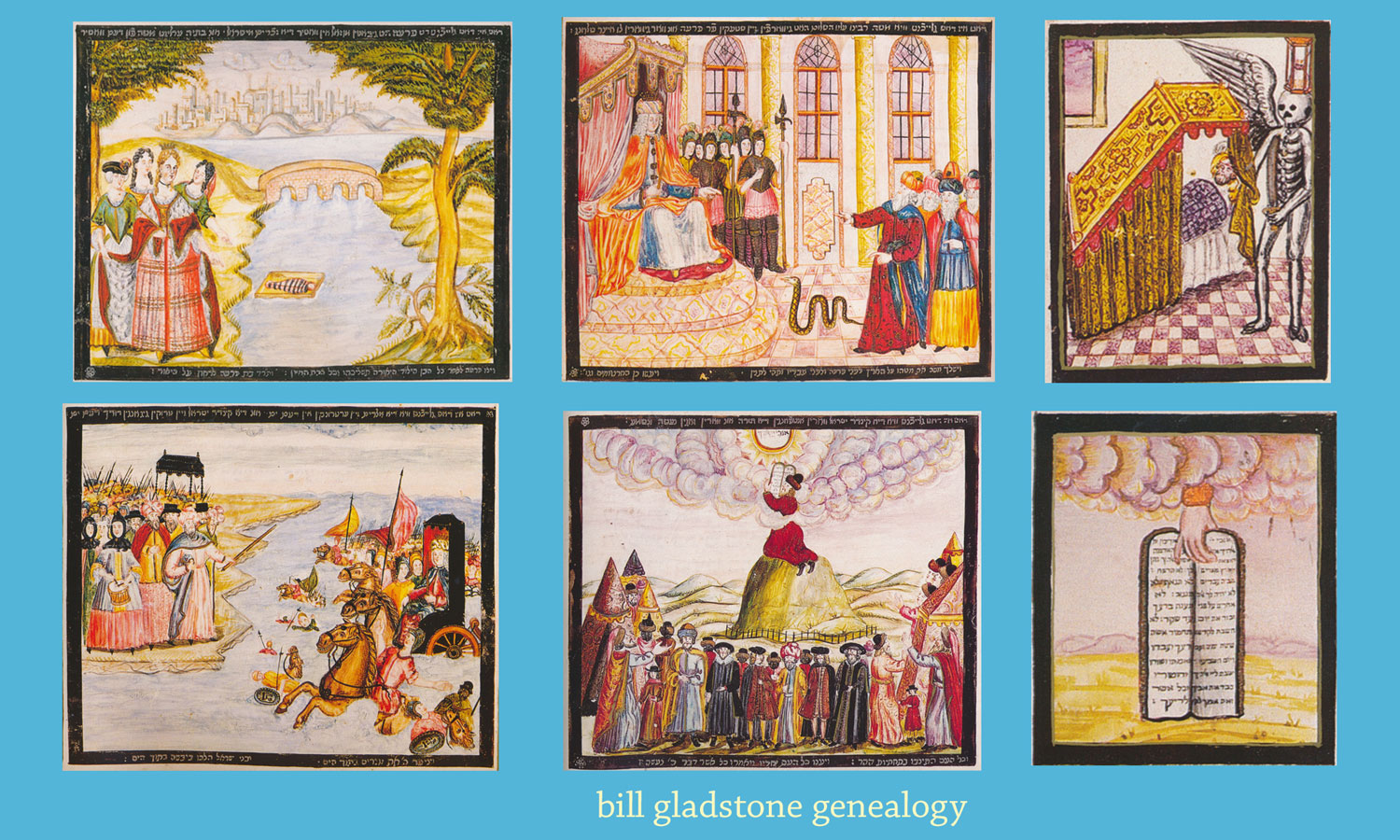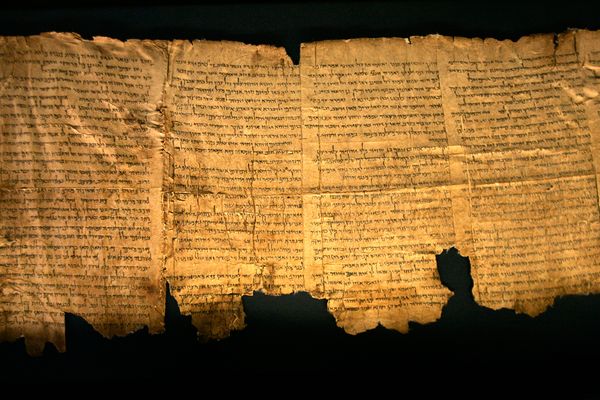To everything there is a season, says the Ecclesiastian writer, a time to be born and a time to die, a time to plant and a time to pluck up that which is planted.
For genealogists and family historians, there is a time to gather in family stories and details … and a time to publish them for the benefit of all.
Like many things under the sun, the work of a genealogist obeys the all-encompassing, Ecclesiastian rhythm of life.
We start by collecting family stories, legends, documents, ketubot, charts, photographs and related artifacts from parents, grandparents, uncles, aunts, cousins and more distant relatives. Sooner or later we graduate to more sophisticated types of research involving distant archives, libraries and government offices, from which we may reap many additional family documents.
Over the course of years, we gather up many precious nuggets of gold, which we store like pirates hoarding doubloons in a treasure chest. Should we selfishly keep these riches to ourselves? Of course not. To paraphrase the scholarly maxim, we must eventually publish … or see all of our efforts perish.
How do we judge when our research is ripe for publication? That is a tricky question, since in most cases a genealogist=s work is never done. There are almost always more distant relatives to interview, family branches to discover, promising leads to pursue. When, in short, is it time to say “Dayenu!” — “Enough already!”?
Just as there is a danger in rushing to print before the research reaches a mature state, so there is a corollary danger of letting the fragrant fruit of your labors wither on the vine. No one can pinpoint the most auspicious moment for you. You will have to determine it on your own.
I started researching one particular branch of my family — the Alexanders — about 12 years ago. Over the course of six or seven years I discovered many new branches of the family, following the paper trails as various family members travelled from Russia-Poland and Hungary to London, England in the Victorian era, then immigrated to Canada in Edwardian times.
Whereas at the start I had known almost nothing about my great-grandparents, Davis and Blumah Alexander, I felt a great sense of excitement and pride at finding out a significant amount about their life histories, including details about their parents and siblings. For all I had uncovered, it seemed to me that I was still at the beginning of a great research project, with enormous possibilities for future discoveries.
That is how matters stood for several more years. Despite my good intentions to continue the Alexander research, I concentrated instead on the Glicenstein line where my inquiries were producing even more rewarding results.
February 14, 1999 — the centenary of the birth of my late grandmother, nee Dora Alexander (z”l) — seemed an excellent moment for me to publish all of my Alexander research to date. With only a week’s notice, forty cousins gathered under one roof, including some who hadn’t seen each other in decades. For the occasion, I produced and distributed a 30-page family tree booklet dedicated to my grandmother’s memory — a sort of genealogical valentine.
It was a sweet occasion that evoked feelings in me of both closure and a new beginning. I felt gratified to share my work with a family whose various members had contributed so much to the project, and been so enthusiastic about it from the start.
If you’ve been doing family research for many years and see no end to your investigations, you should consider publishing an interim report for your family’s benefit. If you’ve made some notable advances, don’t keep postponing publication of your family tree indefinitely into the future. Get it out into the world.
No doubt your relatives will point out any unexpected mistakes, omissions and printer’s gremlins. They’ll also fill your ears with wonderful new stories and legends about your common ancestors and the old country. Just when you thought you’d heard them all! In all likelihood, you’ll be thinking about putting out a second volume before the day is through. ♦
Note: Bill Gladstone has subsequent published One Hundred Years in Canada: the Rubinoff-Naftolin Family Tree (2008).
© 2000






